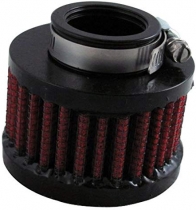-
Welcome to Tacoma World!
You are currently viewing as a guest! To get full-access, you need to register for a FREE account.
As a registered member, you’ll be able to:- Participate in all Tacoma discussion topics
- Communicate privately with other Tacoma owners from around the world
- Post your own photos in our Members Gallery
- Access all special features of the site
Aspect ratio and winter traction
Discussion in '2nd Gen. Tacomas (2005-2015)' started by NMTrailRider, Nov 23, 2015.
Page 6 of 10
Page 6 of 10


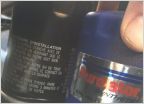 Oil Filter - Purolator is kind of short.
Oil Filter - Purolator is kind of short.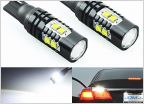 Reverse Lights for 2nd Generation Tacoma
Reverse Lights for 2nd Generation Tacoma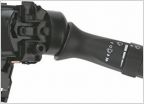 Intermittent wiper mod
Intermittent wiper mod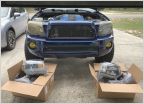 Headlight upgrade recommendations
Headlight upgrade recommendations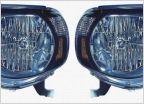 Aftermarket headlights
Aftermarket headlights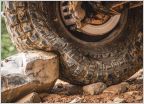 What psi to air down?
What psi to air down?



































































